
|
|
|
|
|
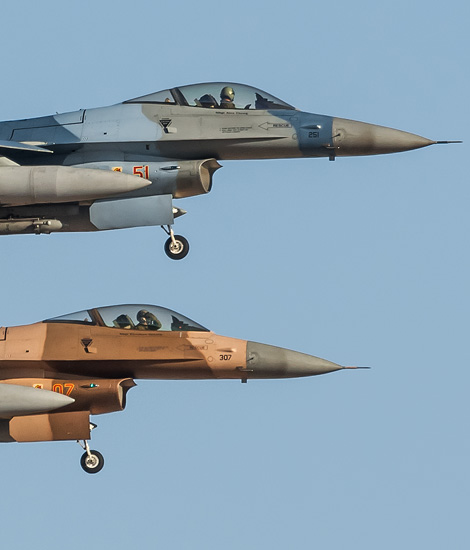
|
The participants of Red Flag 17-2; Nellis AFB, March 6 – 9, 2017
Exercise Red Flag 17-2, part 4; Text and Photograph's by Alex van Noye
At the largest American air base Nellis Air Force Base at Las Vegas in Nevada, the exercise Red Flag 17-2 took place from Monday February 27 until Friday March 10, 2017. During this two-week intensive exercise the emphasis for the participants was mainly on the air defense role during the majority of the missions.
Red Flag is the most realistic air combat exercise in the world. The annual exercise mainly involves American participants, as well as various other NATO member states and partner countries. The American participation mainly consists of units of the US Air Force, US Navy, US Marines Corps and the Air National Guard. The exercise mainly takes place in an area of over 15000 square miles in the Nevada desert and on the Nevada Test and Training Range. In this area, participants will train their skills in different roles. Although the emphasis is on the air defense role during the exercise, there are also units which participate in the ground attack role and skills such as aerial refueling are practiced as well. The missions which took place during Red Flag 17-2 were flown in the afternoon in daylight and in the evening in the darkness. Therefore a mass launch is performed twice a day to train all the skills of the modern fighter pilot. During the missions, the participants are continuously attacked by the aggressors of the 64th Aggressor Squadron who complete the role of the enemy with their F-16 Fighting Falcons. A-4 Skyhawks of the civilian company Draken International also participate. These participants also fly in the role of aggressor and will make it difficult for the participants of Red Flag. During the scenarios, modern aspects of war such as Electronic Warfare are also trained. The ultimate goal of the exercise is that all participants are trained in all aspects of warfare.
The participants of Red Flag are, as always, very varied. Most of the Red Flag 17-2 participants are fighter planes. The main participating squadron of this edition was the 55th FS of the 20th FW from Shaw AFB in South Carolina. This unit had the Lead during the exercise and participated with twelve F-16CJ Fighting Falcons in the SEAD role. The American USAF Air National Guard was represented with two wings during the exercise. These units were the 100th FS of the 187th FW from Montgomery RAP in Alabama of the Alabama ANG and the 120th FS of the 140th FW from Buckley AFB in
|
|
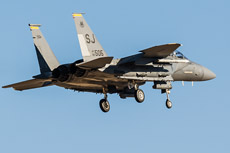
|
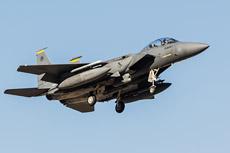
|
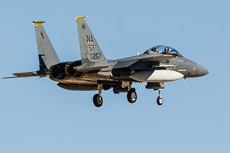
|
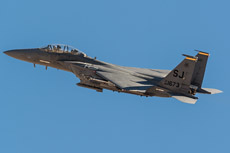
|
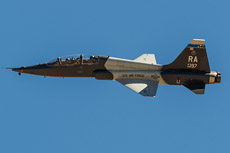
|
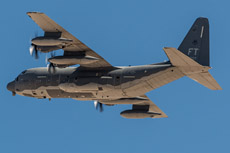
|
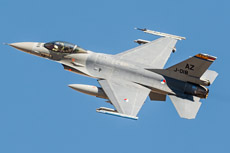
|
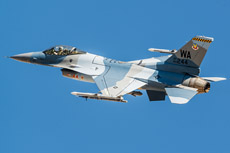
|
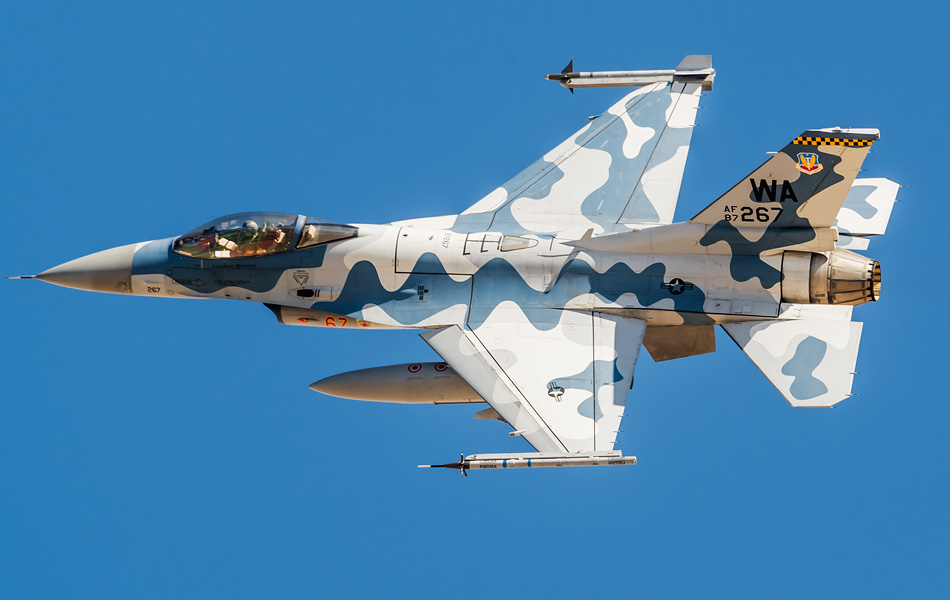
|
Colorado of the Colorado ANG. Both squadron participated in Red Flag 17-2 with eight F-16C Fighting Falcon aircraft. The USAFE (United States Air Force Europe) participated with ten F-15C/D Eagles from RAF Lakenheath from the United Kingdom. These F-15s are assigned to the 493rd FS which is part of the 48th FW. The USMC also participated in this exercise with no less than five EA-6B Prowlers from VMAQ-4 at MCAS Cherry Point in North Carolina. These characteristic aircraft participated in Red Flag in the Electronic Warfare role. The Dutch Royal Netherlands Air Force took part in Red Flag with ten F-16AM Fighting Falcons which came from three different units. These units were the 322 Squadron from Leeuwarden, the 312 Squadron from Volkel and the 48th FS from Tucson ANGB in Arizona. Finally, the Spanish fighters which participated were a dozen Eurofighters from ALA 11 from Moron in Spain.
In addition to the fighter planes, many support planes are involved in a massive exercise such as Red Flag. The dogfights during the exercise are coordinated by an E-3 Sentry from the 960th AACS of the 552nd ACW from Tinker AFB in Oklahoma. These AWACS aircraft are supported by two E-2 Hawkeye radar aircraft from the US Navy. These Hawkeye's are from VAW-117 from NAS Point Mugu in California. The ground attacks are coordinated by an E-8C JSTARS from the 16th ACCS of the 461st ACW from Robins AFB in Georgia. The Boeing E-8 Joint Surveillance Target Attack Radar System (JSTARS) is a flying command post and is equipped to detect enemy movements on the ground. In order to refuel the aircraft in the air, a number of tankers participated in the exercise as well under the leadership of the 91st ARS from the 6th AMW from MacDill AFB in Florida. These tankers were all of the type KC-135 Stratotanker. The only foreign tankers which participated in Red Flag were the two Spanish KC-130H Hercules tankers from Ala 31 from Zaragoza in Spain. The Flying Tigers of Davis-Monthan AFB in Arizona provided the Search And Rescue units. There was an HC-130 Hercules and an HH-60 Blackhawk from the 79th RQS of the 563rd RQG involved. The Navy also delivered an MH-60 Seahawk of HSH-21 from NAS North Island in California. Finally, UH-60 Blackhawks from the US Army was present to support the exercise. These helicopters were from the 149th AVN 2nd Battalion from Redmond Taylor Army Heliport in Texas.
During Red Flag 17-2, the USAF and its partners are able to train in a simulated war environment. Here the emphasis is placed on the cooperation between the different coalition units. Participants must be able to rely on each other during their deployment in the world. This trust only arises if they regularly train the procedures and processes together in an environment such as Red Flag. During this edition of Red Flag, the 20th Fighter Wing from Shaw AFB is in the lead during the exercise. This unit is the core unit of the exercise, as a result of which the senior management of this wing has a close cooperation with the organizer of Red Flag. The unit works closely with the 414th Combat Training Squadron which usually facilitates the exercise. This means that the 20th FW largely determines what scenarios are flown during the Red Flag missions. All participants have aircraft which are specialized in a specific role. This means that these aircraft must be deployed in the role with the corresponding tasks in which they are good. Pilots must also realize of each other what each other's weaknesses are. Only with this knowledge a coalition can act powerfully and effectively in a conflict. Collaboration is therefore the key to success. During the Red Flag exercises, everyone will learn from each other. Everyone is equally important, because the weakest link in the chain determines the degree of success during an intervention. During this two-week exercise, the Red Flag 17-2 participants will record it as "Blue Air" against the "Red Air" aggressors in a massive scenario.
|
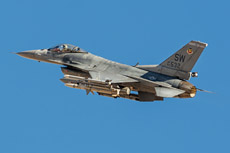
|
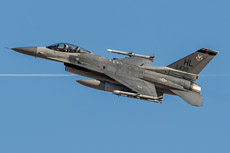
|
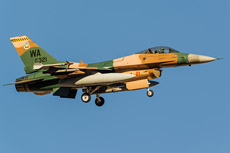
|
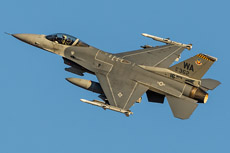
|
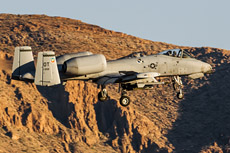
|
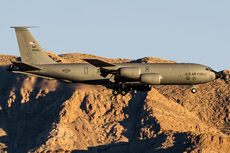
|
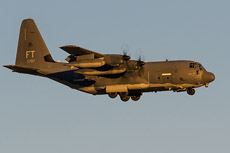
|
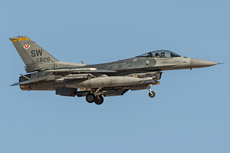
|
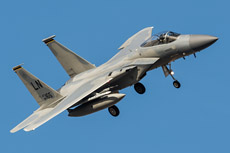
|
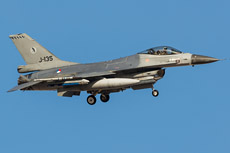
|
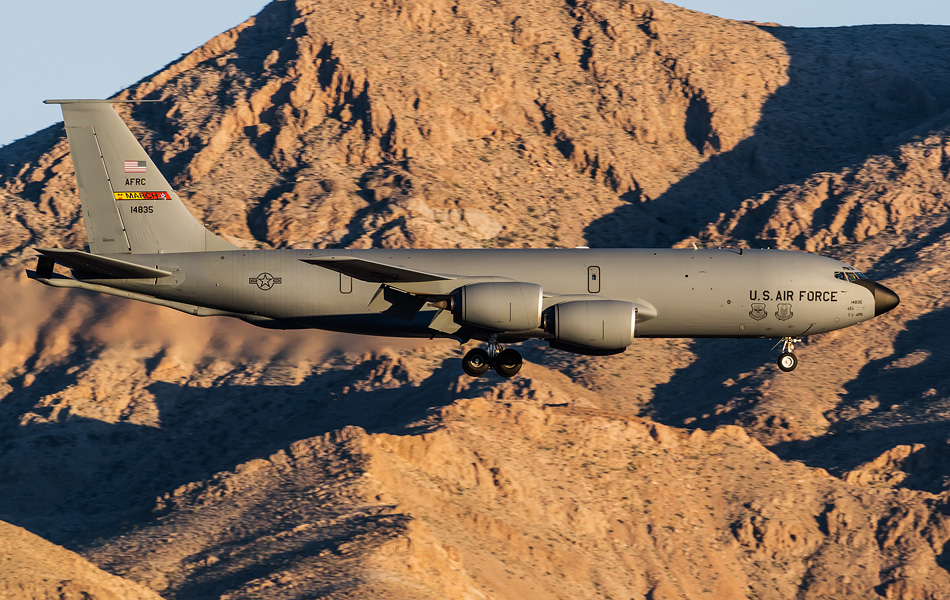
|
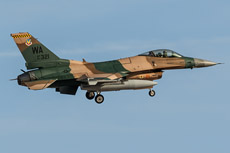
|
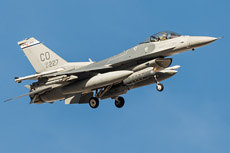
|
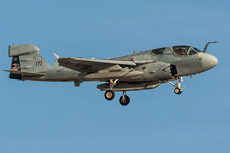
|
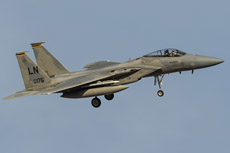
|
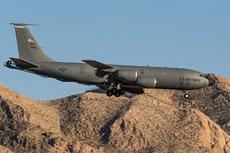
|
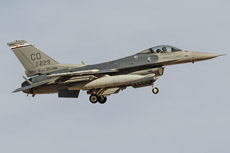
|
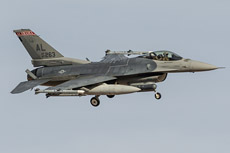
|
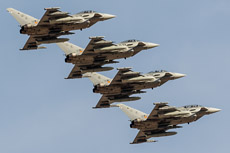
|
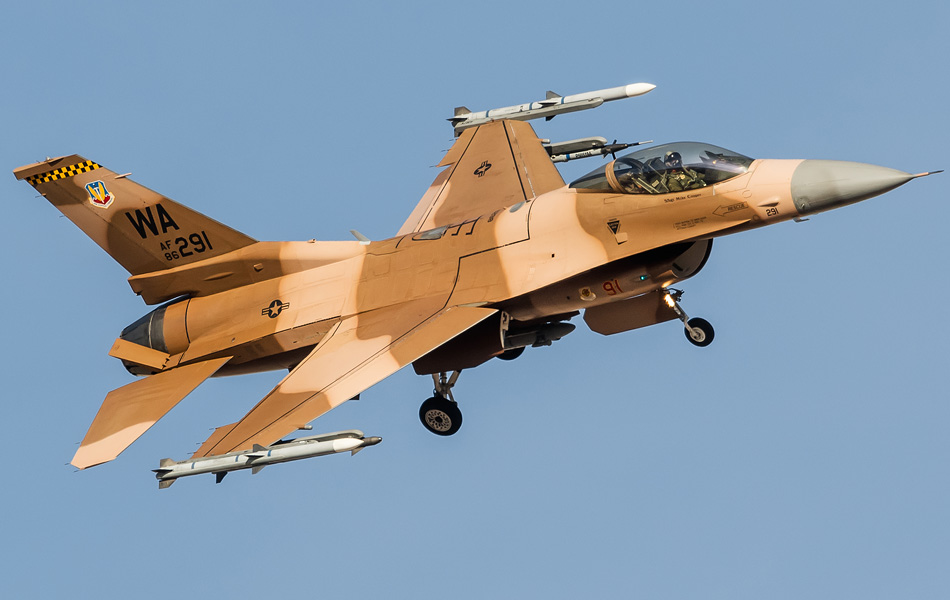
|
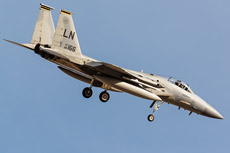
|
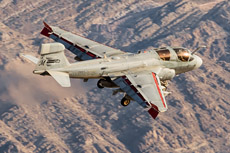
|
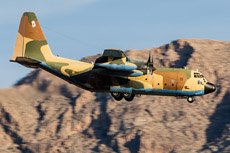
|
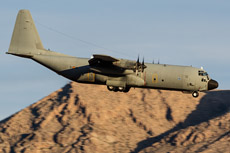
|
|
|

|







